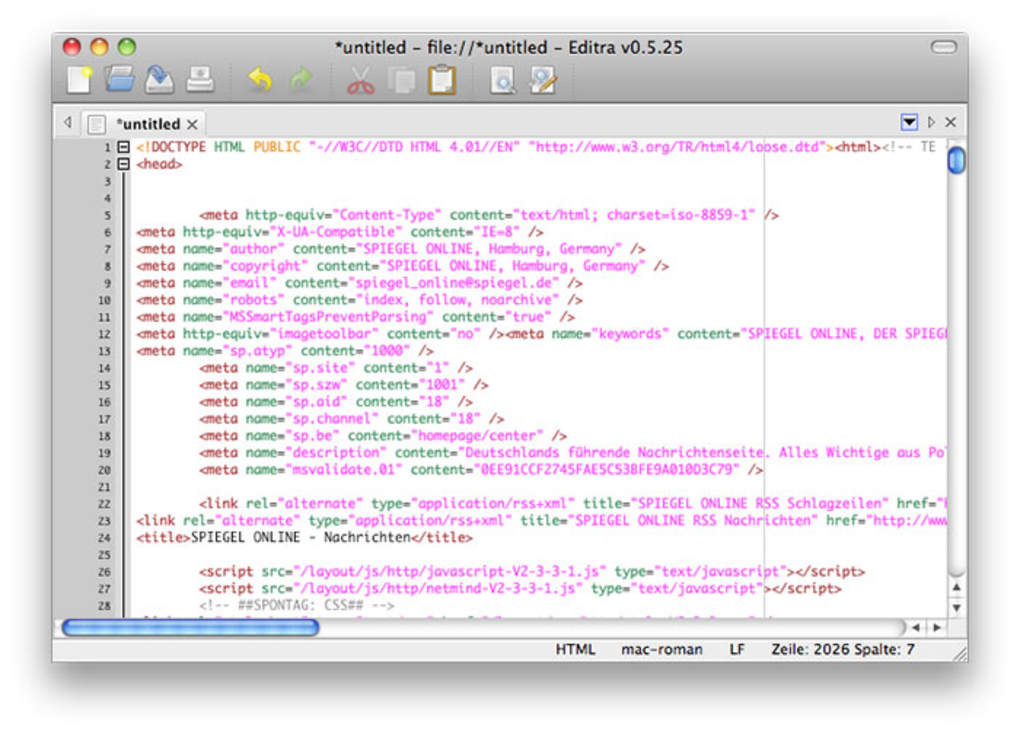MySQL Community Edition is a freely downloadable version of the world's most popular open source database that is supported by an active community of open source developers and enthusiasts. MySQL Cluster Community Edition is available as a separate download. The reason for this change is so that MySQL Cluster can provide more frequent updates.
In the past, we maintained a script for automating the installation of MySQL on macOS. Over the years, it has become difficult to ensure that the script works on all of the versions of macOS still in use, and support from MySQL for macOS is slow. As a result, we now recommend installing and maintaining MySQL using Homebrew. This allows for easy upgrades, and still includes the ability to have MySQL start on boot. Homebrew is a third party package manager, similar to yum or apt if you’re familiar with Linux package managers. It provides an easy way to install third party software and a way to keep that software up to date.
- MySQL Installation on MacOS High Sierra 1. Download source: # 2. To add mysql to the bash profile: # open.bashprofile 3. Add the following.
- The macOS High Sierra 10.13.6 Update adds AirPlay 2 multiroom audio support for iTunes and improves the stability and security of your Mac. This update is recommended for all users.
Before we begin, there are a few prerequisites:
- Xcode must be installed. It can be installed from the App Store here.
- MySQL should not already be installed on your system. If you have installed or attempted to install it before, you will need to make sure MySQL is completely removed along with all of its files and directories.
Let’s get started – the first thing you need to do is open up a terminal window and make sure you’ve accepted the Xcode license agreement by issuing this command:

You will have to press space a bunch of times to scroll to the bottom of the agreement and then type ‘agree’ if you agree to the terms.
Next, we’re going to install Homebrew (this command is all one line):
The installer will give you a list of things it’s going to do, just press enter and Homebrew will be installed.
Now that you have Homebrew installed, you can type check to see if there are any recommendations for your setup:
For example, you may have an outdated version of Xcode, in which case you may want to upgrade that:
Moving on, it’s time to install MySQL. As of the writing of this post, the latest version of MySQL available through Homebrew is MySQL 5.7.20 8.0.12. To install it:
Once the installation completes, we’ll want to take care of a few more things. First, let’s tell it to start automatically whenever we reboot the system:
By default, MySQL is installed without a root password. This is considered insecure, so let’s get one set:
- Validate Password Plugin – you can have MySQL enforce strong passwords by enabling this, but it is optional
- Remove anonymous users – we recommend doing this
- Disallow root login remotely – we recommend doing this as well – if you need to access your databases remotely, this should be done with a specific user with rights to that database
- Remove test database and access to it – we recommend this
- Reload privilege tables now – choose yes
Once we’ve finished this up, MySQL is running on our system. Now we can test it:
You can now manage MySQL databases and users via the command line, or we recommend Sequel Pro for a graphical interface.
To update Homebrew and MySQL in the future, use the following commands:
Mysql For Mac
If you run into any issues, feel free to open a support ticket and we’ll be happy to help troubleshoot. Download premiere pro for mac.
Download Mysql For Mac
Update Aug 28, 2018: Homebrew is now installing MySQL 8 by default. When this article was originally written, MySQL 5.7 was the default. While backwards compatibility is usually maintained, some changes in new versions of MySQL can cause badly written PHP scripts to perform differently. Review the notable changes in MySQL 8 here.
Download powerpoint for mac free student. Install macOS High Sierra on PC with Hackintosh macOS High Sierra Installer which doesn't need access to a mac to create a bootable Installer
You can create bootable USB from Windows, Linux or Mac.
For detail Installation Guide and Instruction read: Install Hackintosh High Sierra on PC/Laptop
Install Mysql Mac
Features of Hackintosh High Sierra Installer:
Mysql Download For Macos High Sierra
- NO MBR Support, Only GUID Partitions will be able to Install (MBR can be patched manually)
- Fix for 'move Nvidia.pkg', 'move ATI.pkg', 'move Intel.pkg' issues
- Removed unnecessary packages from Customize section
- Trying to implement a fix for users stuck in language chooser menu
- APFS will be supported but not recommended.
- Clover UEFI is the default bootloader (of course Chameleon & Clover bootloaders will be included too)
- Kexts and scripts are tweaked, with some bug fixes with Installer.
- Removed most of the bloatware, only a few apps will be leftover you can keep it or delete it.
- Safari Bookmarks are unchanged.
- Dock icons will not be modified
- AMD support (Beta only)
- Audio, Network Kexts will not be auto-installed, You have to select them from Customize Section.



